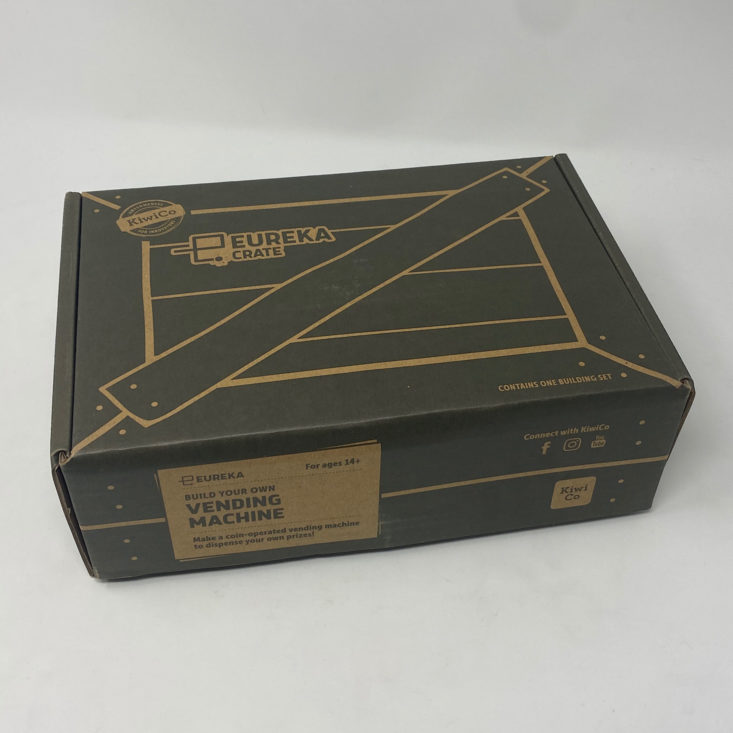
Eureka Crate (from parent company KiwiCo) is a subscription box for teens and adults ages 14-104. It arrives every month with all the materials and instructions needed to create a functional, lasting object with a focus on engineering. The goal of these projects is to use science and math to solve real-world problems while inspiring the recipients to become creative innovators.

KiwiCo offers boxes for a variety of different age groups:
- Panda Crate for 0-24-month-olds,
- Koala Crate for 2-4-year-olds,
- Kiwi Crate for 5-8-year-olds,
- Atlas Crate for 6-11-year-olds,
- Doodle Crate and Tinker Crate for 9-16+-year-olds,
- Eureka Crate and Maker Crate for ages 14 and up. There really is something for every age with this company.
This review is of the $29.95 a month Eureka Crate, for 14-year-olds and up.
This box was sent to us at no cost for review. (Check out the review process post to learn more about how we review boxes).

About Eureka Crate
The Subscription Box: Eureka Crate
The Cost: $29.95 per month + free shipping. Save with longer subscriptions.
The Products: Detailed instructions and all of the high-quality materials needed to create a unique, lasting, and functional engineering project as well as a Maker's Guide that explains the science and technology behind it.
Ships to: The US for free, Canada for $3.95 per month, and worldwide from $4.95-$6.95.
KiwiCo Eureka Crate "Vending Machine" Review - October 2020
The project for this month was to create our own Vending Machine. It's always cool when the project is something a little bit fun and out of the ordinary! This Maker's Guide is full of educational information related to our project and on the "Behind the Design" page, they noted that they went through 20 different prototypes! I love how much thought goes into these projects.
Our directions are separated into various sections which makes it so much easier since it breaks it down into smaller, more manageable tasks. The instructions are always clear and easy to follow with detailed, colorful pictures to reference. They even include information on troubleshooting, which can be very helpful!
Part A: Make the Coin Mechanism
The first step was to make the coin mechanism. They provided several sheets of plexiglass along with a screwdriver and some other hardware that we needed. The first step was to put some small bolts into two of the circles on this sheet of plexiglass.
Next, I placed this wooden piece on top, lining up the holes, and then placed the plastic coin wheel pieces inside.
Then I placed another sheet of plexiglass over top of that and fit this metal piece into place. I finished that with some screws to hold it tight.
I then added a small o ring and made sure it was wrapped around the hook. Then I slid the hex rod into the center of the coin wheel. I tested it out by turning it and saw how my coin opening moved.
They provided two coins the size of a quarter for us to use with our machine. Here you can see how it works when you turn the hex rod.
Part B: Build the Body
Next, I added the side pieces which slid into place via the slots on the sides of the piece I had previously put together.
Then I slid this smaller rectangle between the two sides by bending it slightly so that it would fit diagonally. Then I added the larger piece of plexiglass to the other side.
Part C: Add the Inner Workings
With the main components in place, it was not time to work on the actual gears. I put together this handle and one of the hex rods and slid it through the center of the wheel before capping it with a small gear on the other side.
I then placed these four smaller pieces into the slots on this circular piece to create an X shape.
I placed this inside the unit I had assembled turning it into a plus sign instead and then added the other hex rod through the center fitting the larger gear onto the end of it at the back side.

Now it was time to test out how it worked. They provided several of these little plastic prize containers.
I added a container to the top left quadrant of the plus sign and slipped a coin into the slot. I gave it 2 turns and my container moved and then the coin fell out of the bottom at the second turn. Then I added a second coin and repeated the turns to get the container the rest of the way out. The second coin slid out just like the first.
Part D: Build the Capsule Container
Now I had to put the capsule container together. This was easily done by simply sliding the wooden pieces into the slots on the plexiglass shape.
Then I slipped the longer wooden piece in between the sides at the top to close it off.
Then this was placed on top of the base unit and I opened the lid to load the prize containers inside. I then used a long bolt and a screw through the holes over the top of the lid to keep it closed and secure.
To keep the coins secure in the bottom I added a wooden piece to the bottom and used another long bolt and a screw to secure that so that the coins wouldn't fall out.
Here is the finished unit from a few different angles.
You can see where the coins go in and how they are held securely at the bottom here.

They did provide some information on how to operate the unit and mentioned that by visiting the Eureka Crate site that there were some prize ideas that we could print out. I think this is a fun idea and since we are homeschooling, I will probably use this as a fun reward system with my kids! They were already very excited to check it out and use it! In fact, they ran around gathering their smallest toys so that they could fill them up and play carnival. It was cute to see how quickly it sparked their imagination!

In our booklet, there is always a design challenge. This month they encourage some thinking about what kind of prizes we could include and how much we will charge. I feel like this is a pretty open-ended creation and could be used for several different learning opportunities!
Verdict: My kids went crazy for this month's Eureka Crate project and had so much fun adding some toys and operating the machine. Obviously, they are much younger than the targeted age group but I could see an adult using this as a fun way to reward their kids (homeschooling!) or for a teen to have in their room with some candy or something inside for something a little fun. I think it's another fun and unique project that was organized and well-thought-out!
To Wrap Up:
Can you still get this box if you sign up today? It is possible you might get this crate, but it is not a guarantee. From KiwiCo:
Crates are assigned each month based on availability and your crate history - not all subscribers receive the same theme each month.
Check out all of our KiwiCo reviews and the best boxes for teens!
Keep Track of Your Subscriptions: Add this box to your subscription list or wishlist!
What do you think of Eureka Crate?


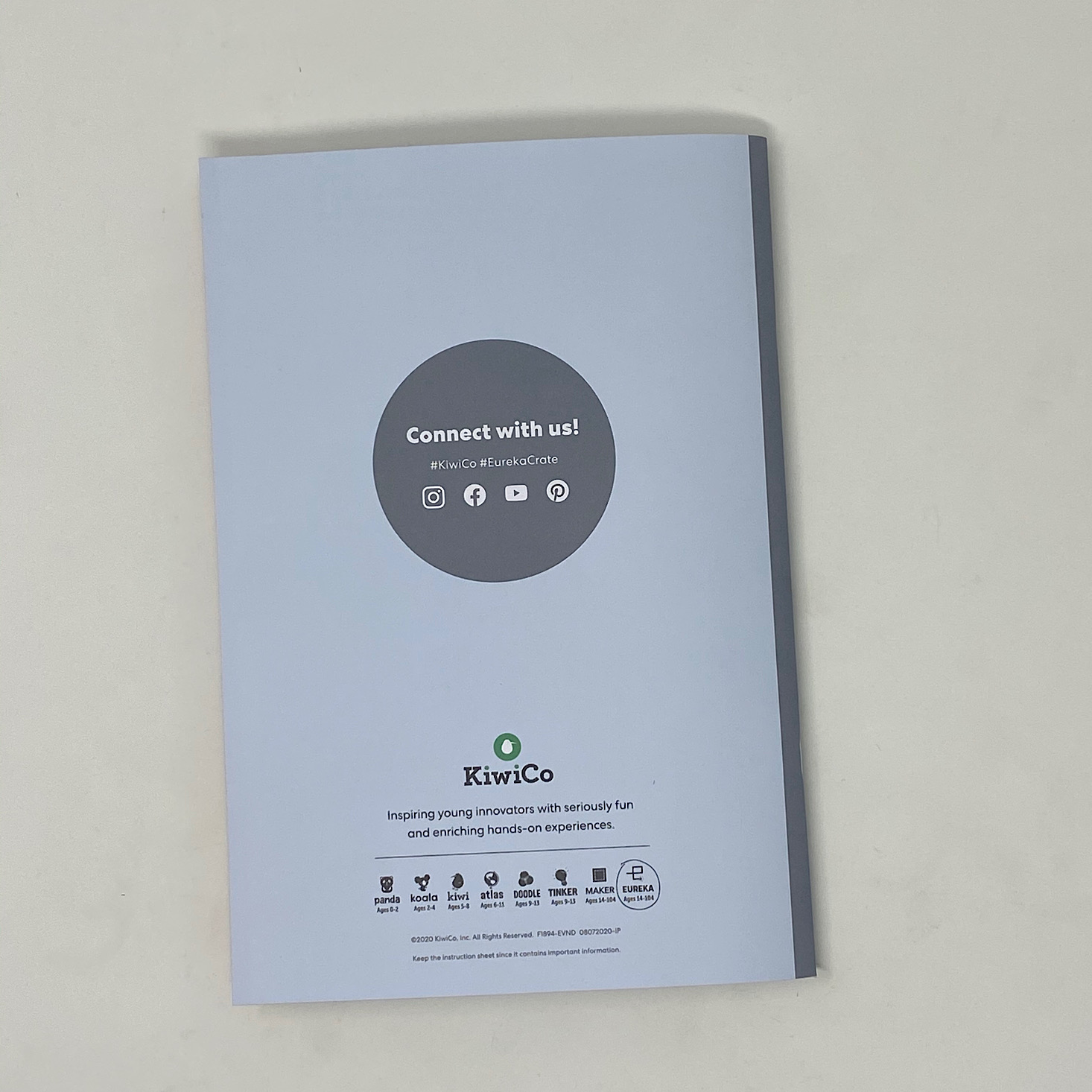
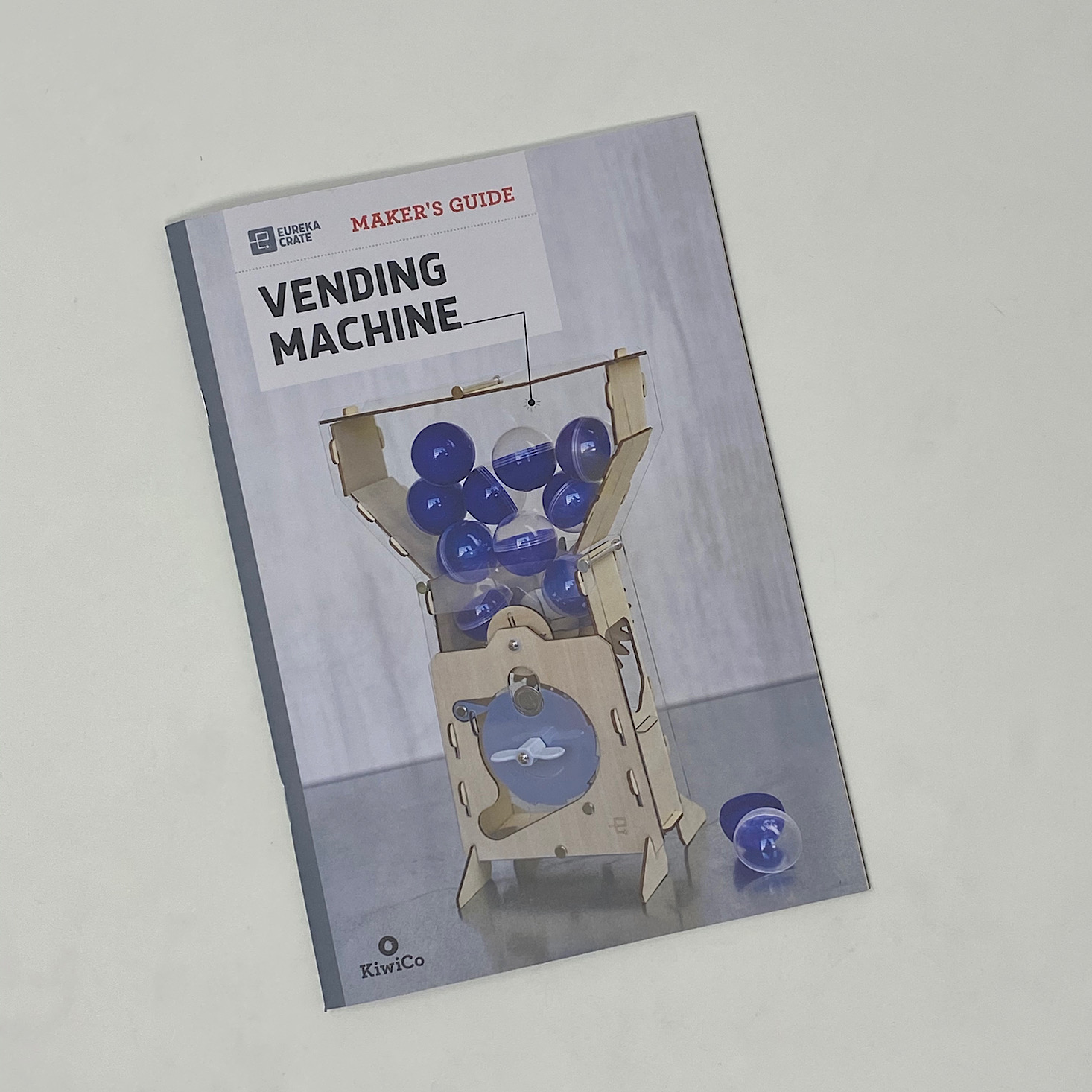
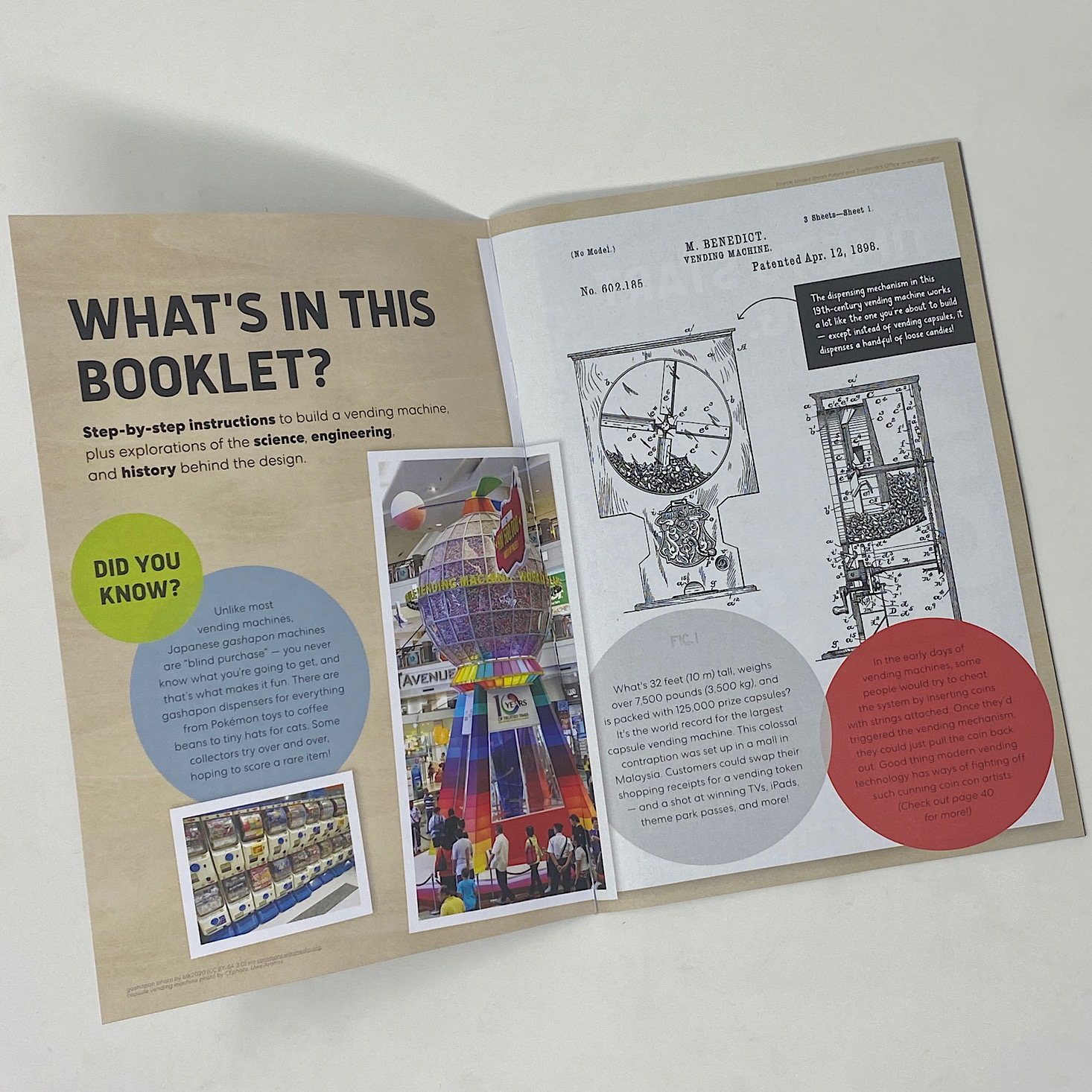



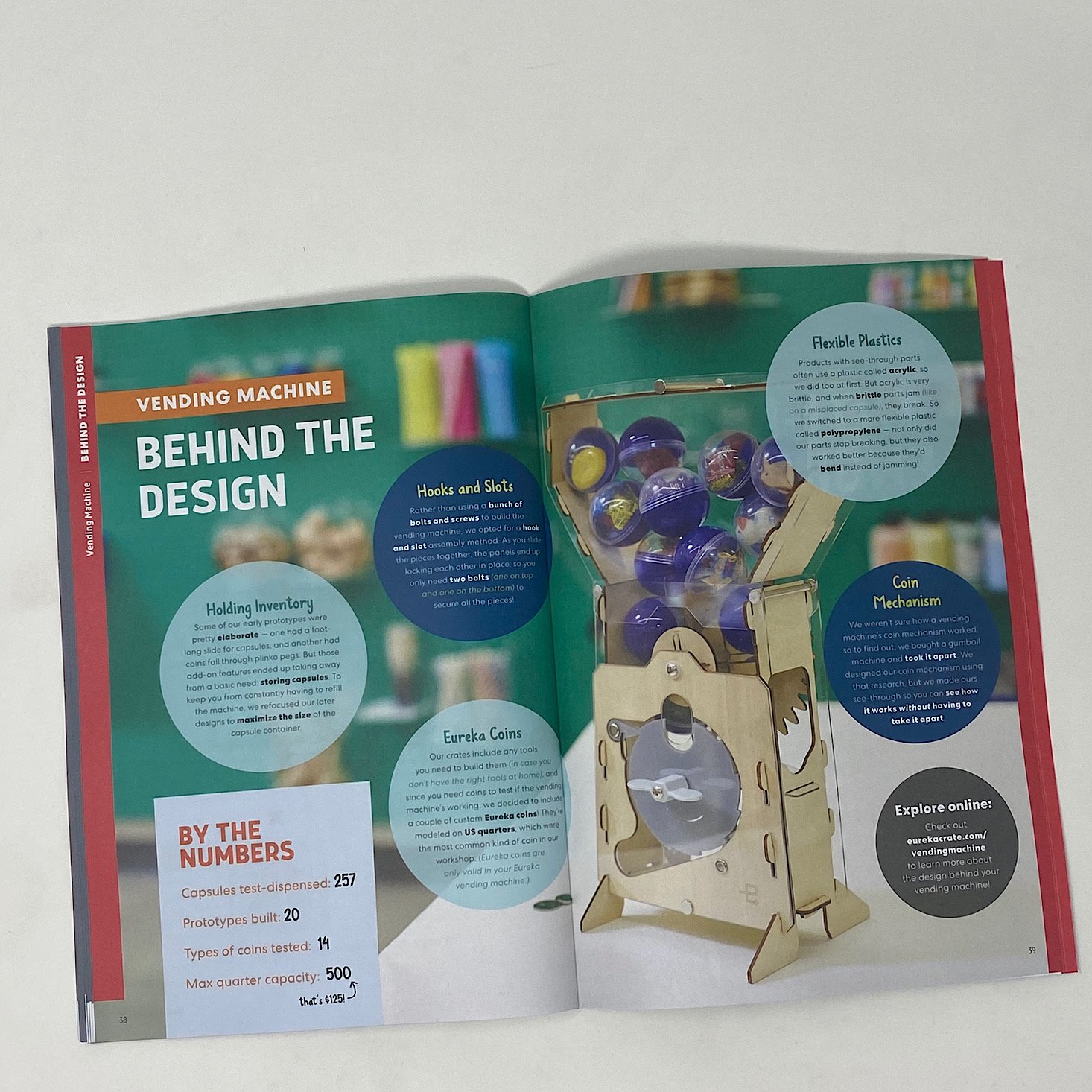





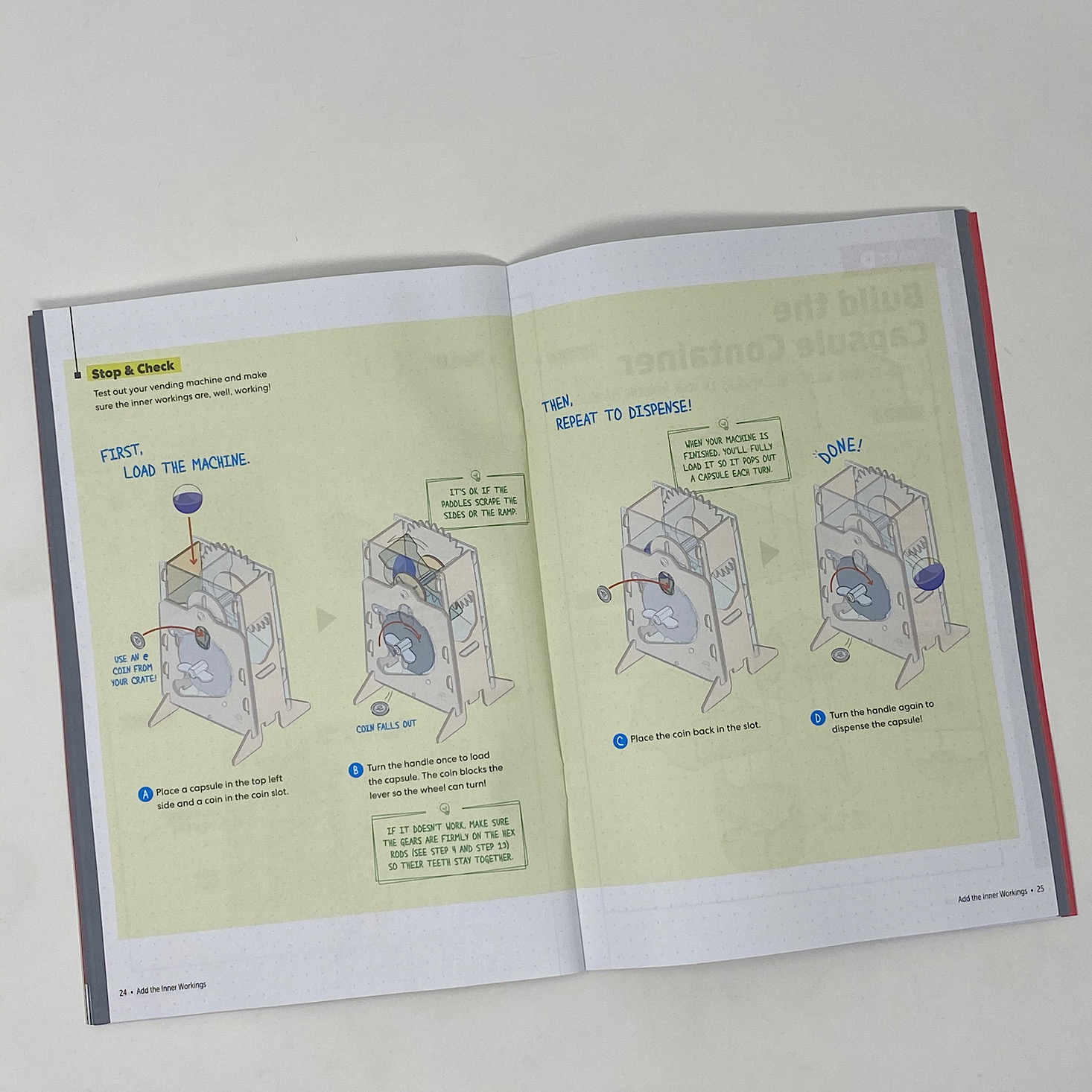












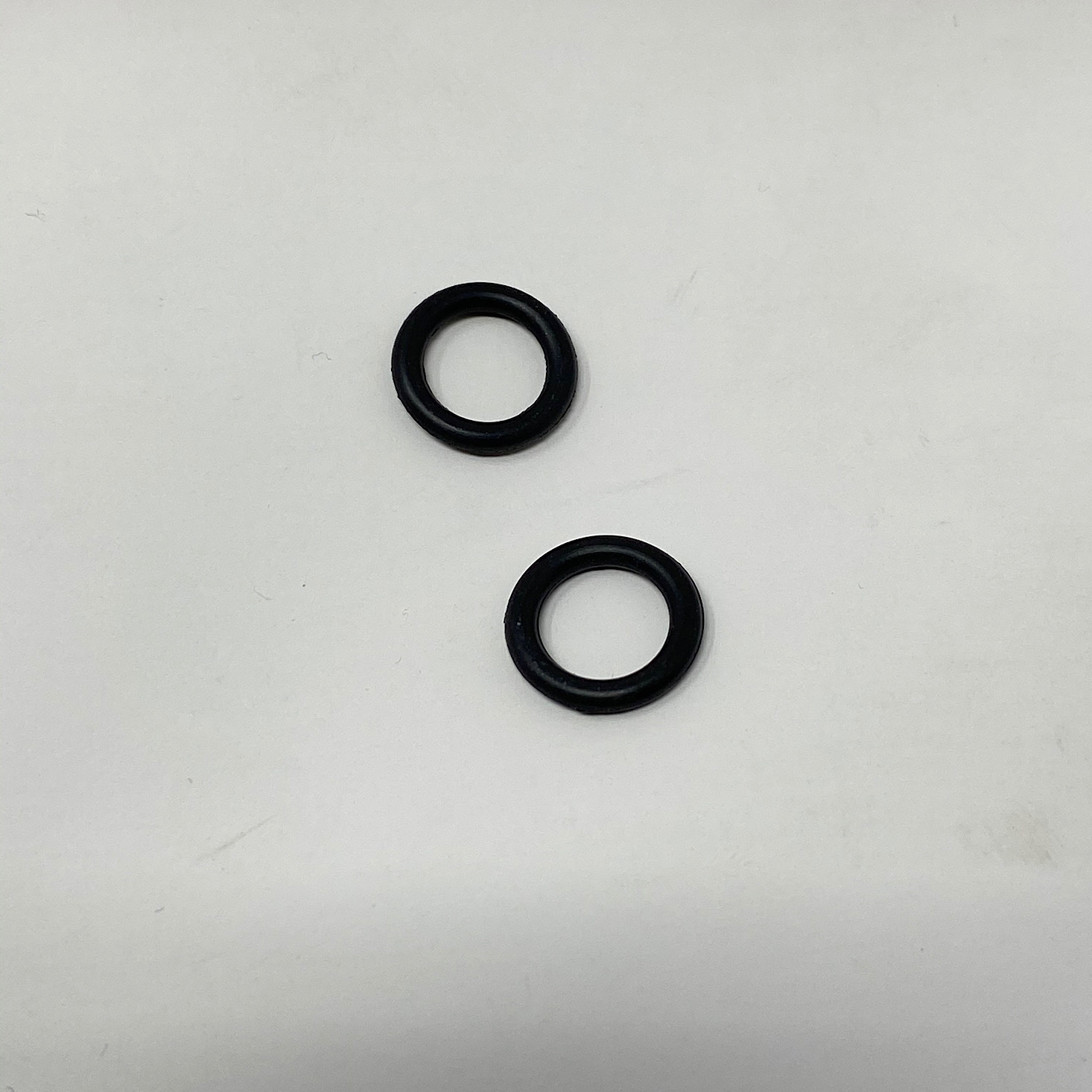












































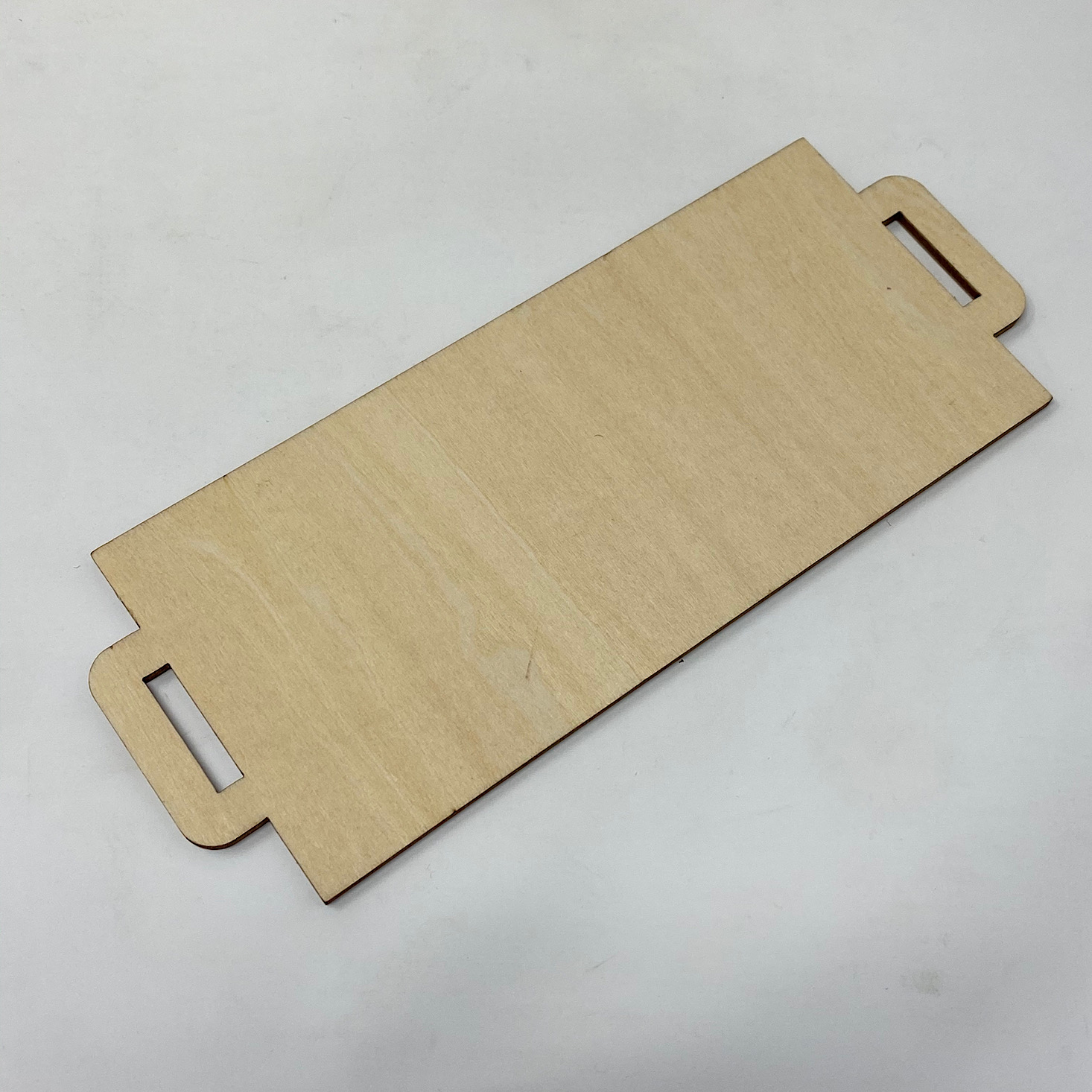







Please do not enter your email address in the Name field or in the comment content. Your email address will not be published. Required fields are marked *. Remember to post with kindness and respect. Comments with offensive language, cruelness to others, etc will not be approved. See our full comment policy here.